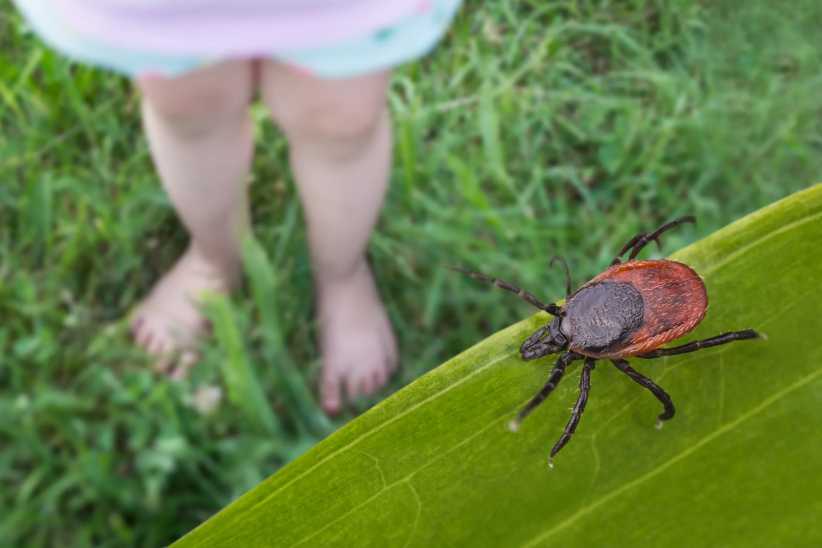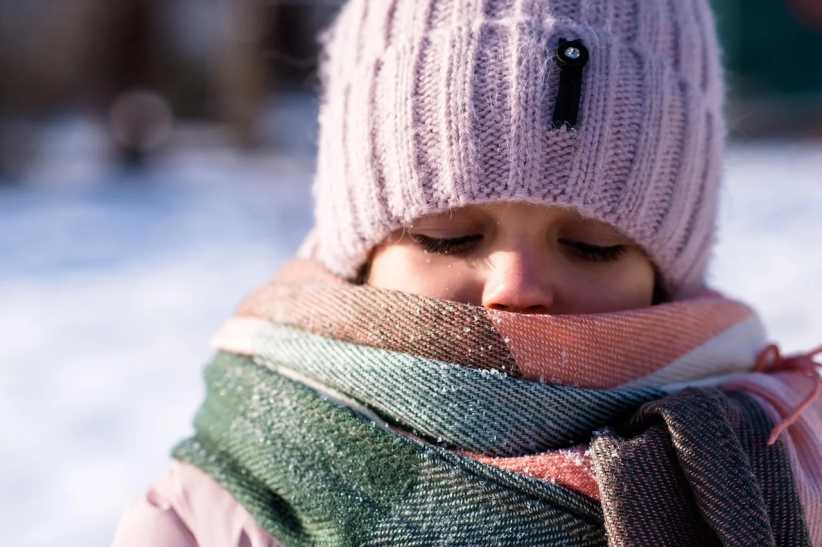
Tick-Proof Your Family: Essential Tips for Staying Safe Outdoors This Summer
New York families thrive on outdoor adventures, whether it’s a hike through the woods or a day at the park. It’s a perfect way to keep kids active and explore nature.
But there’s a catch: ticks love these same spots. They thrive in cool, wooded areas, hiking trails, tall grasses, and leafy brush. As the CDC explains, ticks can’t fly or jump, but many species use a technique called ‘questing’—waiting patiently on the tips of grass or shrubs for a host to pass by.
Of course, we love the outdoors, especially in nice weather. With a little preparation, you can enjoy it safely, even in areas where ticks are common. The key is being proactive in protecting your family from tick bites.
Here’s how you can keep everyone safe while exploring this summer.
Psst… Check Out 12 Awesome Bike Trails for Kids in the NYC Area
Clothing
Your wardrobe plays a big role. Opt for light-colored clothes so you can easily spot ticks. When you’re in areas with tall grass or dense woods, wear closed-toe shoes, pants, and long sleeves to reduce exposure.
If you’ve got long hair, tie it back or throw on a hat—ticks can attach anywhere, even in your hair!
Also, when hiking or exploring, stick to the trails. Avoid off-path, bushy spots where ticks like to hang out.
Wear Repellent
Using insect repellent is one of the easiest and most effective ways to protect yourself from tick bites. Look for a product with 20-30% DEET, which is proven to be highly effective in keeping the arachnids at bay. Make sure to apply it to all exposed skin, especially when venturing into areas with tall grass, woods, or brush.
Checking for Ticks
When checking for ticks on yourself or your family, start “from the ground up.” Begin with the lower parts of the body, like between the toes, around the ankles, and behind the knees, since ticks usually attach near the ground. Take your time and do a thorough check, as these tiny critters can be hard to spot, especially in areas where clothing folds or skin creases.
Important Places to Check for Ticks:
- Between toes
- Behind knees
- In the groin area
- Around waistline
- In the belly button
- Inside elbow joints and armpits
- In and around the ear
- Around the hairline
- On the scalp
Don’t forget to check your clothing, too! Ticks often latch onto areas where fabric folds or tightens, like around cuffs, waistbands, and collars, since they can get stuck there and have a harder time moving.
If you’re camping or staying in a wooded area, it’s a good idea to put your clothes in a large plastic bag after you’ve checked for ticks. That way, you can toss them straight into the wash later. And remember, always change into fresh clothes after a thorough tick check to be extra cautious.
Bitten by a Tick? Here’s What to Do Next
If you find a tick on your skin, don’t panic, but do act fast. The key is to remove it properly to reduce any risks.
First, grab a pair of fine-tipped tweezers and gently grasp the tick as close to your skin as possible. Slowly and steadily pull it out—don’t twist or jerk it, as that could cause parts of the tick to break off and stay embedded.
After removal, place the tick in a small plastic bag for future reference. This is important in case you need to have it tested for diseases like Lyme disease or Alpha-gal.
For identification, send a clear photo of the tick’s top side to TickSpotters, where Dr. Thomas Mather and his team will help identify it within 24 hours. They’ll tell you the type of tick, how long it may have been attached, and whether it could be carrying any harmful diseases.
For more detailed information on the tick, you can also send it to the following labs:
Finally, stay alert for any symptoms that could signal a tick-borne illness. Keep an eye out for changes like fever, headaches, body aches, joint pain, rash, vomiting, or fatigue. If any of these signs show up after a tick bite, don’t wait—head to your doctor right away for evaluation.
Psst… Check Out Swim Safety for Children with Disabilities: How the Right Lessons Can Save Lives













